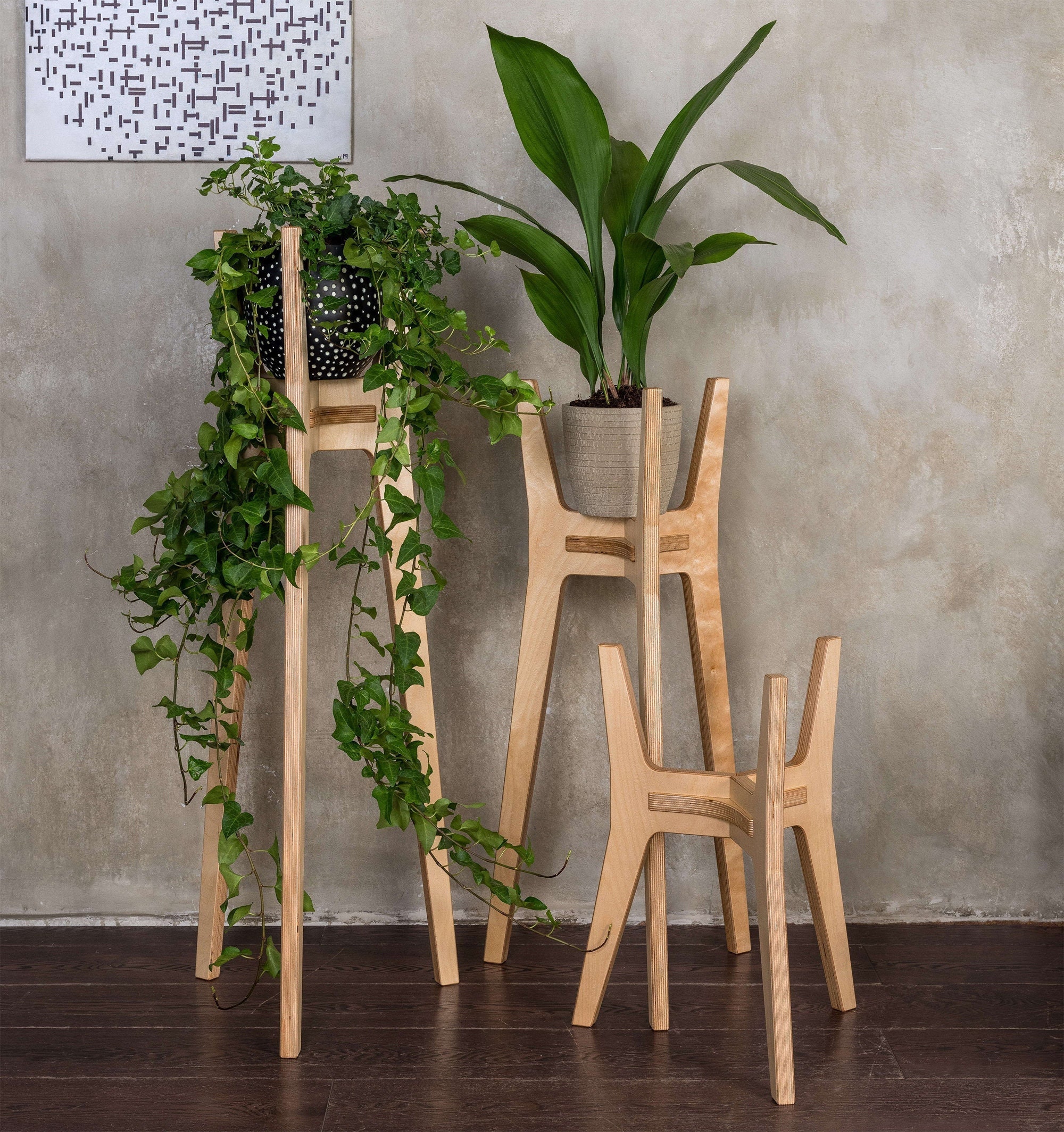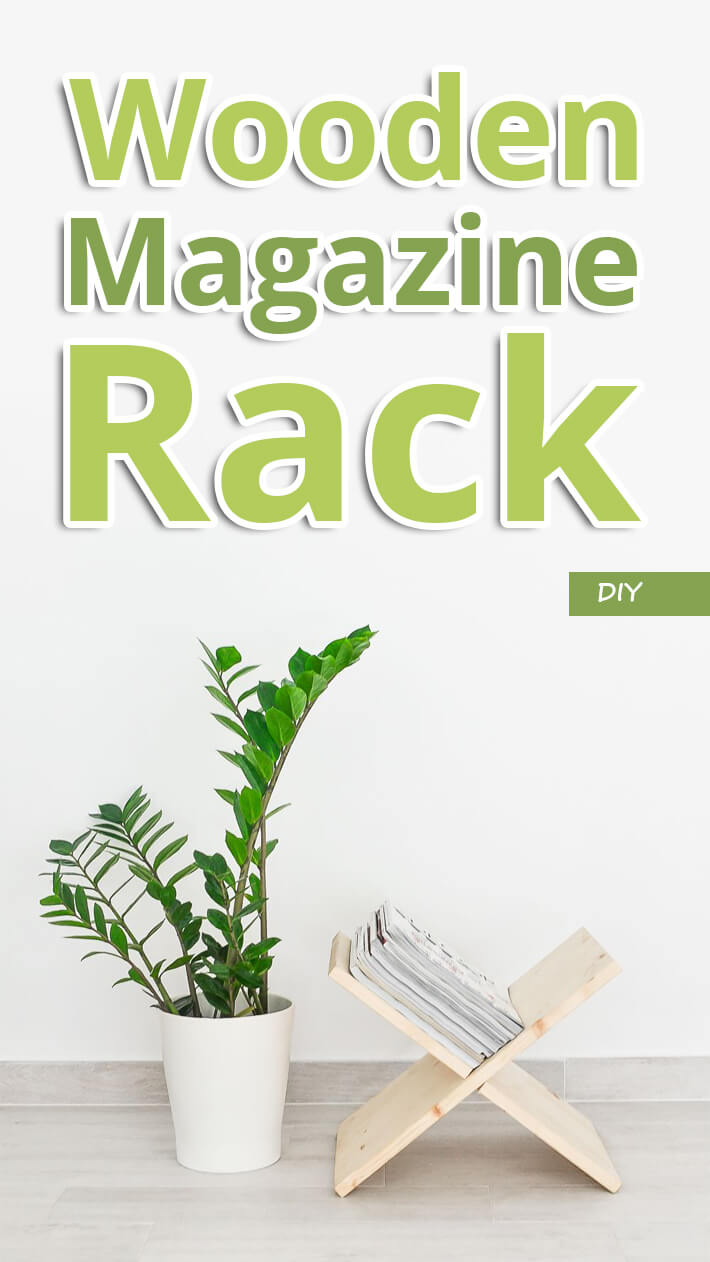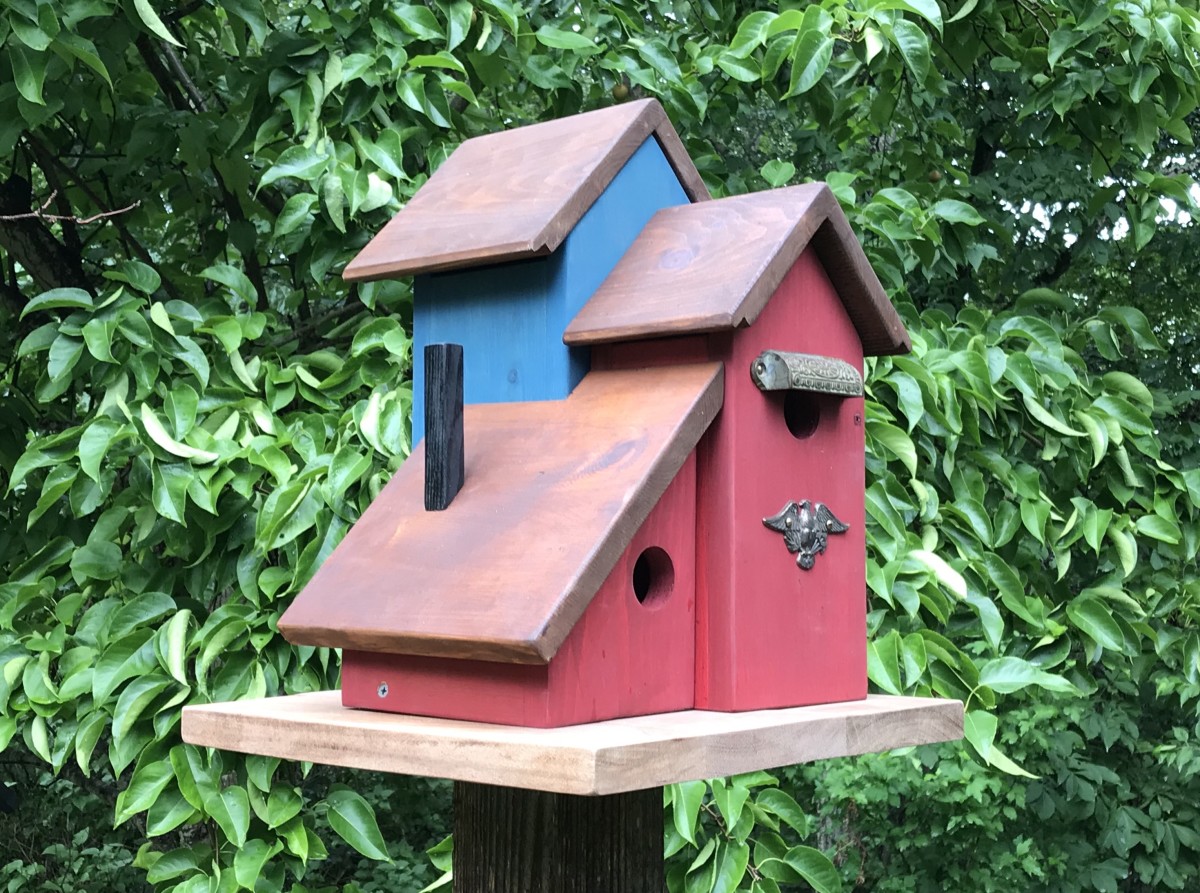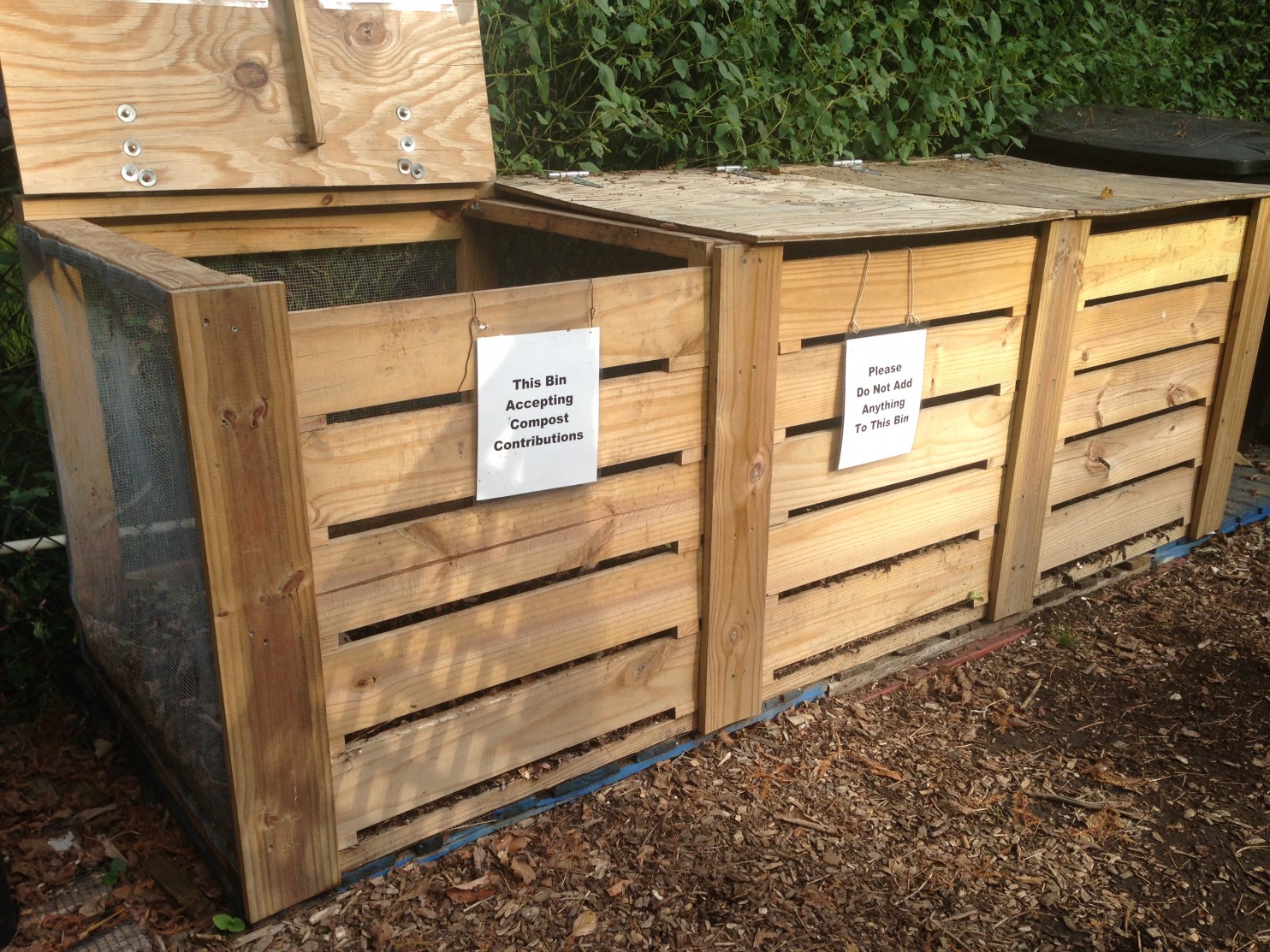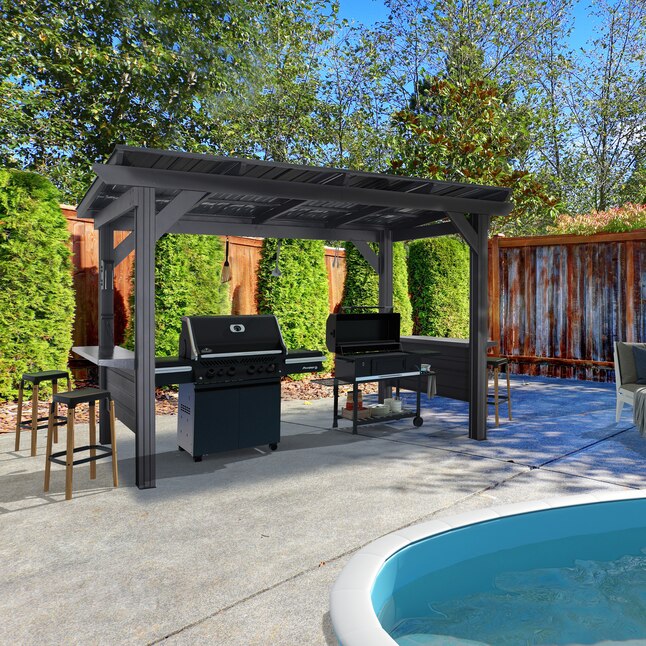Wooden Plant Stands with Unique Features That Are Easy to Sell
In the realm of home decor, plant stands have emerged as indispensable accessories, elevating the aesthetic appeal of indoor spaces while providing a practical solution for showcasing beloved greenery. As the demand for unique and functional plant stands continues to rise, wooden plant stands have gained immense popularity, offering a natural, timeless, and versatile option. To stand out in a crowded market, it is crucial to incorporate distinctive features that set your wooden plant stands apart and resonate with discerning customers. This article explores a range of unique features that can enhance the marketability of your wooden plant stands, making them irresistible to buyers.
Embracing the Power of Functionality
Functional design is paramount when it comes to plant stands. They should not only look beautiful but also serve a practical purpose, ensuring the well-being of plants and ease of use for the owner. Here are some functional features that can elevate your wooden plant stands:
Adjustable Height
Offering plant stands with adjustable height options caters to diverse plant sizes and preferences. Customers can customize the stand's height to accommodate different plant varieties, creating visual harmony and ensuring optimal light exposure. Consider incorporating a telescopic mechanism, threaded rods, or adjustable legs for a seamless height adjustment system.
Rolling Casters for Easy Mobility
For larger plant stands or those intended for frequent rearranging, rolling casters can transform them into versatile pieces of furniture. This feature allows homeowners to effortlessly move the stand around the room, creating different arrangements and adjusting the plant's location as needed. The casters should be sturdy and glide smoothly, ensuring a user-friendly experience.
Integrated Watering Systems
Incorporating an integrated watering system into the plant stand can be a game-changer, especially for busy individuals or those prone to forgetting to water their plants. This innovative feature could include a reservoir that collects excess water from the pot or a built-in irrigation system that automatically delivers water to the plants at predetermined intervals.
Embracing the Power of Style
Beyond functionality, aesthetic appeal plays a crucial role in the success of wooden plant stands. The design should complement the homeowner's existing decor and enhance the overall ambiance of the room. Here are some style features that can make your wooden plant stands stand out:
Unique Shapes and Designs
Breaking away from traditional rectangular or circular plant stands can create a captivating visual impact. Explore unconventional shapes, such as geometric designs, hexagonal forms, or organic curves. These unique designs will add a touch of personality and sophistication to any room.
Rustic Charm
Embrace the beauty of natural wood by incorporating rustic elements into your designs. This can include utilizing reclaimed wood, distressed finishes, or incorporating rough-hewn edges to evoke a sense of authenticity and vintage appeal.
Modern Minimalism
For those who appreciate clean lines and a minimalist aesthetic, opt for sleek, modern designs. These stands should feature simple geometric shapes, smooth surfaces, and a limited use of decorative elements.
Adding Value Through Sustainability
In an era of growing environmental awareness, sustainable practices are becoming increasingly important to consumers. Showcasing your commitment to sustainability can make your wooden plant stands more appealing. Here are some ways to incorporate sustainable features into your designs:
Utilizing Eco-Friendly Materials
Prioritize the use of sustainable and eco-friendly wood sources, such as bamboo, reclaimed wood, or sustainably harvested hardwoods. These materials have a lower environmental impact than traditional wood options.
Using Non-Toxic Finishes
Ensure that the finishes used on your wooden plant stands are non-toxic and environmentally friendly. Choose water-based paints or stains that do not contain harmful chemicals or volatile organic compounds (VOCs).
Implementing a Sustainable Packaging Strategy
Reduce your environmental footprint by using sustainable packaging materials, such as recycled cardboard or biodegradable packing peanuts. Consider offering plant stands that are flat-packed for easy assembly, minimizing shipping volume and carbon emissions.
Embracing Personalization
Offering personalized options allows customers to create plant stands that perfectly match their individual style and preferences. Here are some personalization features to consider:
Custom Wood Finishes
Provide a range of wood finishes, from natural stains to vibrant painted colors, allowing customers to select the perfect shade to complement their home decor.
Engraved or Laser-Etched Details
Add a personal touch with engraved or laser-etched designs. Customers can choose from a selection of pre-designed motifs or create their own custom designs.
Customized Sizes and Shapes
For those who seek truly unique pieces, offer a custom design service where customers can specify their desired size and shape for their plant stand. This personalized approach can create a truly special and one-of-a-kind item.
Marketing Strategies for Success
Once you have incorporated these unique features into your wooden plant stands, it's essential to employ effective marketing strategies to reach your target audience and drive sales. Here are some key marketing strategies to consider:
Highlighting the Unique Features
When marketing your wooden plant stands, focus on the distinctive features that set them apart. Use high-quality photographs and compelling product descriptions to showcase the functionality, style, sustainability, and personalization options available.
Utilizing Social Media Platforms
Social media platforms, such as Instagram, Pinterest, and Facebook, offer excellent channels for promoting your wooden plant stands. Share visually appealing images and videos that highlight the features and benefits of your products. Encourage user-generated content by running contests or giveaways, encouraging customers to share photos of their plants displayed on your stands.
Collaborating with Influencers
Partner with relevant influencers in the home decor, gardening, and lifestyle niches. Influencers can provide authentic product reviews, share their experiences using your stands, and promote your brand to their engaged followers.
Participating in Home and Garden Events
Attend local home and garden shows, craft fairs, or farmers' markets to showcase your wooden plant stands to a wider audience. These events provide opportunities to connect with potential customers, generate leads, and gain valuable feedback.
By incorporating these unique features, embracing sustainable practices, and implementing effective marketing strategies, you can create wooden plant stands that are not only beautiful and functional but also highly desirable to consumers. The market for unique and well-designed plant stands is flourishing, and your ability to tap into this demand will depend on your creativity, attention to detail, and commitment to offering exceptional products.

